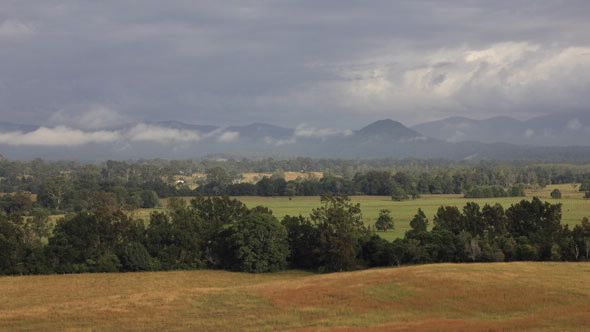ANSTO environmental researchers and Centre for Accelerator Science staff contributed to the Australia State of the Environment (SoE) 2016 report that was released this month and welcomed its publication.

The report, written by independent experts to guide environmental policies and management practices, was tabled in Parliament.
The Executive Summary concluded that Australia’s built environment, natural and cultural heritage, and marine and Antarctic environments were generally in good condition.
 |
It pointed out, however, that there were areas where the condition of the environment was poor and/or deteriorating.
These included the more populated coastal areas and some of the growth areas within urban environments, where human pressure is greatest (particularly in south-eastern Australia); and the extensive land-use zone of Australia, where grazing is considered a major threat to biodiversity.
“This is an extremely useful document, full of data and insights to help us fine-tune the environmental research that we undertake in water resources sustainability, environmental change and contaminant impacts,” said Prof Henk Heijnis. Leader, Environmental Research.
ANSTO data and expertise were used in the SoE Atmosphere report.
ANSTO is one of four collaborating organisations that gathers atmospheric data at the Cape Grim Baseline Air Pollution Station (Cape Grim BAPS) in Tasmania. ANSTO’s unique radon technology for highly sensitive measurements of atmospheric radon has established an international benchmark for precision and quality.
Fine particulate matter (PM2.5) studies and the levels of smoke from domestic wood heating in the Sydney basin were provided using accelerator based ion beam techniques within the Centre for Accelerator Science at ANSTO.
These techniques were also extensively used in fine particle pollution studies in Upper Hunter and Lower Hunter in collaboration with CSIRO.
ANSTO's Centre for Accelerator Science has undertaken aerosol sampling measurements and the characterisation of fine particle pollution from key sites around Australia for more than 20 years.
“Using ion beam analysis methods, it is possible to not only determine the quantity of minute quantities of pollutants in the air but also to identify their sources” said Prof David Cohen, Leader, Centre for Accelerator Science
“Hard data, such as our particulate matter that is collected consistently over many years is the key to gaining insights into what is really happening to the quality of our air and the sources of pollution,” said Cohen,.
Other areas of the report, where ANSTO undertakes research include land use, inland water, coasts, marine environments, Antarctic environment and heritage.
To read more about the report: SoE 2016
Published: 09/03/2017


